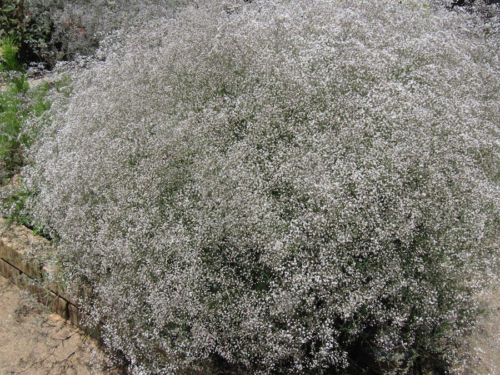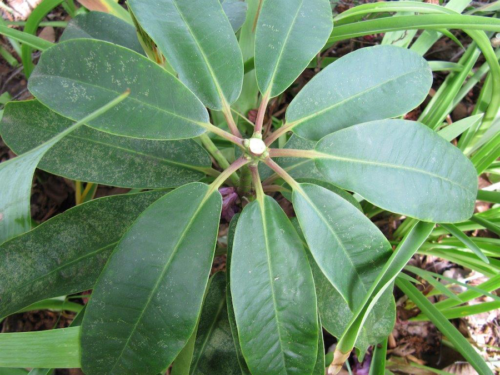NOW the holidays have mostly passed, it’s time to reassess the garden and with the extremes of recent weather, it can be rather a pitiful sight.

My advice is to look at one area at a time rather than take in the whole picture in one go.
Unless you have been pouring water on the lawn to try and keep it green, don’t despair of your seemingly dead grass. With a few good falls of rain it will bounce back, so don’t waste any water there; conserve it for favourite plants that rely on you to keep them alive.
For special plants, if you don’t have a drip system installed, I suggest making a mound of soil around the plant. Depending on the size of the plant, the area inside the mound needs to hold a minimum of a nine-litre bucket of water, which will soak down to the roots rather than running off.
This will keep it alive if applied once a week.

ONE of the most unassuming and underrated plants in flower at present is Baby’s Breath (Gypsophila paniculata). Its tiny flowers are so small as to be almost invisible and yet, as a whole, resembles a cloud of delicate white flowers.
Its importance in the floral trade cannot be underestimated where it is used extensively for wedding bouquets (especially to give a lift to other flowers), for cut-flower arrangements and for drying.
It is so easy to grow in full sun and is not too particular about the soil, growing up to a metre tall. There is a pink variety, but white is the most popular.

ONE easy task to undertake in the cool of the evening is deadheading rhododendrons as they are already forming the flowers for next year. As illustrated, simply hold the old flower head with thumb and forefinger and use the other hand to snap off the old flower head.

WITH the ongoing dry, residential gardens may have some unwelcome visitors such as rats and mice looking for food and water. The other unwelcome visitors are snakes, which love to feed on the aforementioned rodents.
Here are a couple of important pointers, obvious but easily forgotten:
- Don’t leave food about in the garden such as after barbecues.
- Use rat bait regularly near the compost heap, but not accessible to pets or other animals such as possums and blue tongue lizards. I have found The Big Cheese, all-weather block bait rodenticide works very well. I suspend the small, square blocks on a piece of wire about 40 centimetres long and hang in a place near the compost heap away from animals.
BACK to snakes which can invade your garden: don’t attempt to kill a snake. Besides being highly dangerous, it’s illegal to kill snakes in all states and territories. There’s more information on snakes and a list of registered snake catchers at the ACT government website.
IT’S still too hot to do any serious work in the garden beyond watering in early morning or evening. It’s worth remembering that the permanent water restrictions don’t permit the use of sprinklers between 9am and 6pm and fines apply.
Who can be trusted?
In a world of spin and confusion, there’s never been a more important time to support independent journalism in Canberra.
If you trust our work online and want to enforce the power of independent voices, I invite you to make a small contribution.
Every dollar of support is invested back into our journalism to help keep citynews.com.au strong and free.
Thank you,
Ian Meikle, editor




Leave a Reply